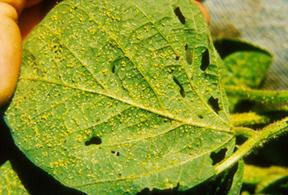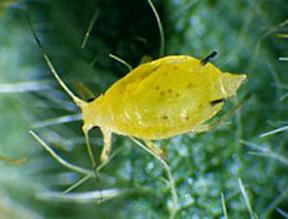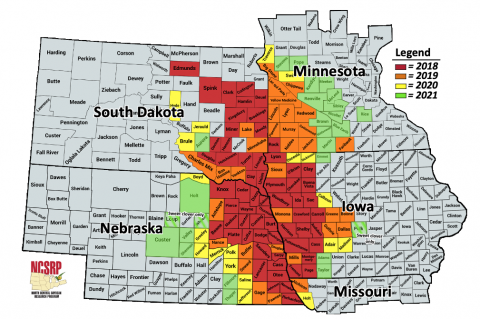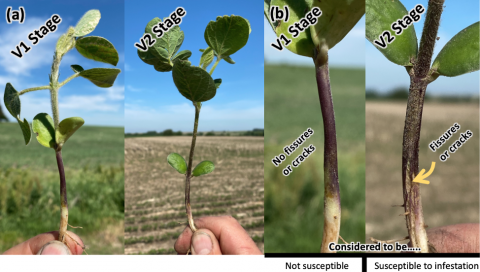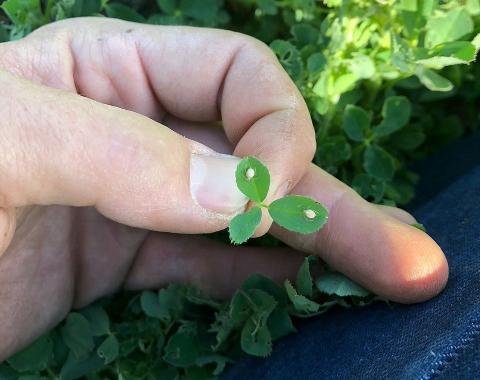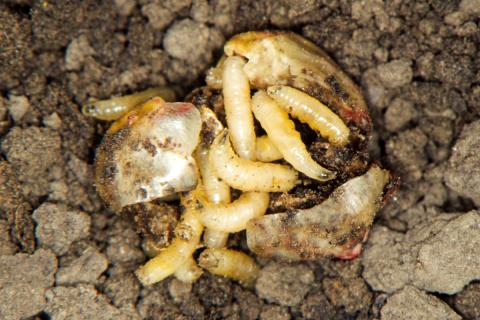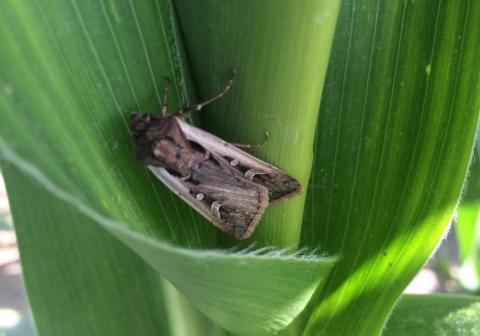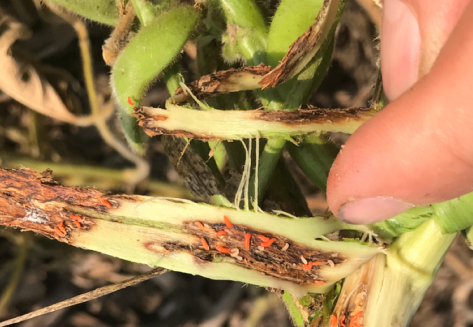Although at Low Levels, Soybean Aphids are in Nebraska
August 2, 2023
With soybean aphid infestations, it's important to preserve natural enemies under an integrated pest management approach, as well as treating only when pest populations reach economic or treatment thresholds, to let beneficial insects do their work.
Soybean Aphid Scouting and Management
August 2, 2023
Soybean aphids in Nebraska typically reach the economic threshold and require treatment in late July through August. Treatment during this time is usually enough to keep aphid populations from resurging before they leave fields for the season.
Soybean Gall Midge Identified in Eight Additional Nebraska Counties
September 1, 2021
Soybean gall midge (SGM) injury and pressure varied considerably across its geographic range, with the largest concentration of injured soybean fields occurring in east-central Nebraska this season. To date, a total of 140 Midwestern counties have been identified as infested with SGM.
Soybean Gall Midge Emergence at Several Sites in Nebraska
June 10, 2021
On June 8 and 9, several sites in east-central and northeast Nebraska recorded emergence of soybean gall midge adults. Growers should consider making field edge applications now.
What is This Insect?
April 14, 2021
A very common sight in Nebraska, aphid mummies are a small but important insect for local crops. Find out what they are and why they matter.
Avoiding Injury from Seed Corn Maggot
April 7, 2021
For producers concerned about seed corn maggot, these recommendations could help reduce injury in soybean fields this year.
Scouting and Treatment Recommendations for Western Bean Cutworm
July 12, 2023
Scouting should be prioritized in fields that are at the preferred growth stage for egg-laying and/or do not have the VIP3A Bt trait to protect them from western bean cutworm injury.
2020 Soybean Gall Midge Alert Network
May 20, 2020
In 2019, an alert network was established to monitor soybean gall midge adult emergence using cages across 27 sites in four states. Growers and consultants can sign up to receive emergence information alerts to aid in the timing of insecticide applications.

